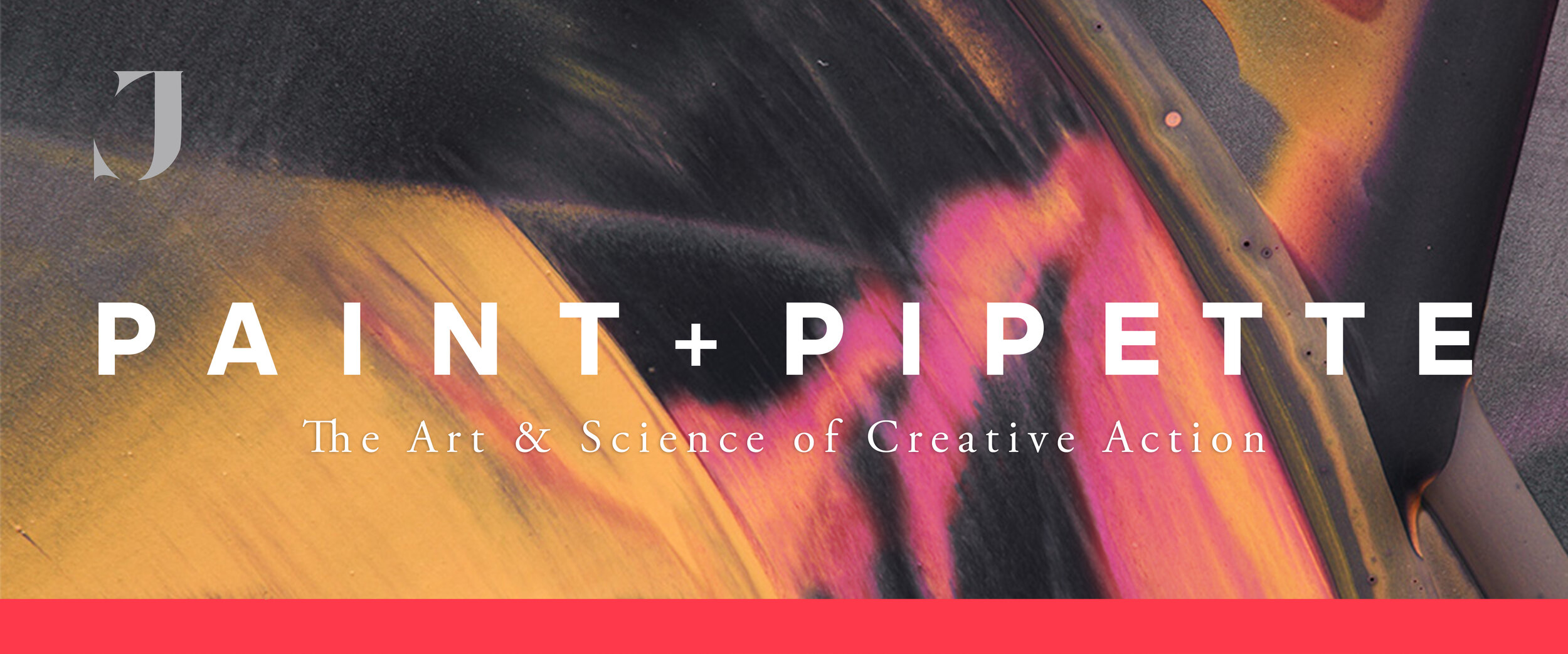
Join over 21,000 leaders and creators who receive my newsletter each week, and get a free bonus chapter from Ideaflow, "How to Think Like Bezos and Jobs."
Jeremy studies the history of invention, discovery, and innovation, and then shares his insights daily.
Sign up to get weekly digests of these daily posts, delivered every Tuesday morning.
Warning: many time-tested, empirically-proven tactics to fuel creative output may challenge your definitions of “productivity” and “efficiency.” Please try a few tasty samples below to make sure you’re ready for counter-intuitive research that will turbocharge your practice.
Last week, Shopify CEO Tobi Lütke released an internal memo that's been making waves. My take: this isn't just another tech CEO jumping on the AI bandwagon. It's the clearest articulation I've seen of a principle I've been exploring the past 18 months: the greatest risk with AI isn't failure—it's inaction.
I'm best known for my work on innovation, creativity, and entrepreneurship. My “shift” toward AI might seem like a radical departure. But it's not a shift—it's an evolution. Having taught and spoken to tens of thousands from ~100 countries in the last two years, I’m more convinced than ever that AI isn't separate from innovation; it's the most profound innovation platform of our lifetime.
AI isn't coming for your job. But someone using AI almost certainly is. So why not take your own job before someone else does? It’s time to prioritize and systematize disrupting ourselves.
When organizations think about AI transformation, they immediately focus on technical roles: data scientists, developers, prompt engineers. But what if the most important AI role in your organization requires zero technical expertise?
Enjoy this guest post from Eric Porres, Head of Global AI at Logitech. It’s a fantastic personal story of how one business leader got a much-needed turbo boost by augmenting his own intelligence with AI.
Behold the great AI measurement delusion: Organizations tracking usage metrics are missing the only thing that matters—impact.
More use isn't better use. Better use is better use.
Last week a CEO asked me the same question I hear from every executive: 'How do I get my team to use AI?'
My answer shocked him.
In the AI age, love is more important than ever. Because now anyone can generate “good enough” solutions with a few prompts. But people want more than good enough. When average is free, only above-average passion will stand out.
Deeply practical guest post by former NCAA and NFL punter, now tech executive, Zoltán Meskó. I met Zoltán at Stanford’s annual Campbell Trophy Summit last summer, and he stayed in touch, telling me all the cool stuff he was trying - check out how AI is changing the way he works.









Still waiting on other people before you tap AI? Big mistake. This post exposes the silent tax of “AI inaction,” hands you the five‑rung ladder for turning any model into your on‑call mentor, and launches a seven‑day sprint that will hard‑wire the habit—so you can seize the advantage while everyone else is still scheduling meetings.